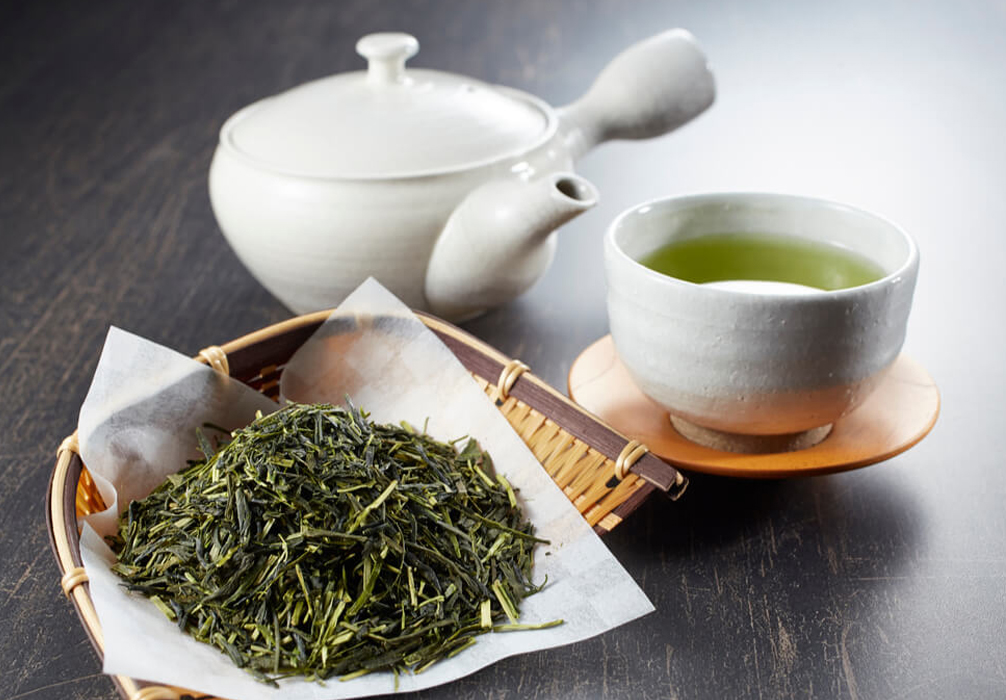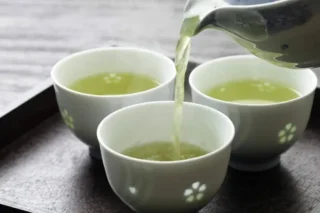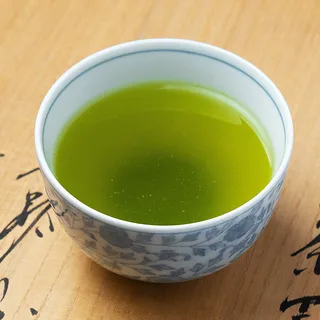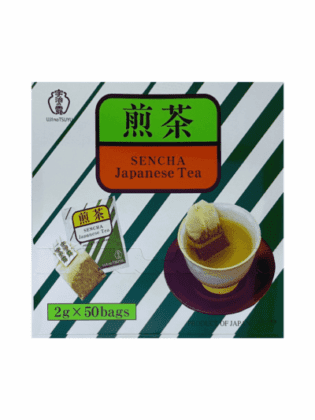Why is Japanese Green Tea Actually “Green”?
Japanese Green Tea is Known for its Brilliant Green Hue, which represents its unique production with “japanese green tea is renowned for its vibrant green color, which sets it apart from other types of Tea. But what exactly makes Japanese green tea so distinctly green? Let’s explore the science and tradition behind the verdant hue of this beloved beverage.
The Unique Process of Japanese Green Tea
The bright green color of Japanese green tea comes primarily from the way the tea leaves are processed. Unlike black tea or oolong tea, which are allowed to oxidize, green tea leaves undergo minimal oxidation. This is achieved through a process called “steaming.” Shortly after the tea leaves are harvested, they are steamed to stop the oxidation process, which helps retain the green color of the leaves.
In Japan, steaming is the most common method used for green tea production. This process not only preserves the green color but also helps maintain the tea’s delicate flavors and nutritional content. After steaming, the leaves are rolled, shaped, and dried, resulting in the characteristic appearance of Japanese green tea. This careful handling ensures that the vibrant green color remains intact.
Rich in Chlorophyll and Catechins
The green color of Japanese green tea is also due to its high content of chlorophyll, the natural pigment responsible for the green color in plants. Chlorophyll is particularly abundant in tea plants grown in the shade, such as those used for Gyokuro and Matcha. When tea plants are shaded from direct sunlight, they produce more chlorophyll as a response to the lower light levels, resulting in a deeper green color.
Additionally, Japanese green tea is rich in catechins, a type of antioxidant that not only contributes to the tea’s health benefits but also plays a role in its color. Catechins are colorless when extracted into tea, but they work in tandem with chlorophyll to give green tea its signature hue. The combination of these compounds, preserved through the steaming process, gives Japanese green tea its fresh and vivid appearance.
Why Green Color Matters in Japanese Tea Culture
In Japan, the green color of tea is more than just a visual appeal; it’s an integral part of the tea-drinking experience. The color is a reflection of the quality and freshness of the tea. High-quality Japanese green teas like Matcha and Sencha are prized for their deep, rich green color, which indicates that the tea has been carefully grown, harvested, and processed.
In Japanese tea ceremonies, the appearance of the tea is just as important as its taste. The bright green color of Matcha, for instance, is celebrated for its vibrancy, which symbolizes purity, tranquility, and harmony. The green color is a visual reminder of the connection between nature and the tea experience, reinforcing the cultural significance of green tea in Japan.
Kyoto Beverages: Get Authentic Japanese Green Tea
Our selection includes a variety of Japanese green teas, including Sеncha, Matcha and Gyokuro and еach with its own distinct flavor an’ hеalth bеnеfits. By selecting Kyoto Beverages, you may еxpеriеncе the authentic еssеncе of Japanese grееn tea and appreciate thе еffort that goes into keeping its brilliant color and’ frеsh flavor.







































